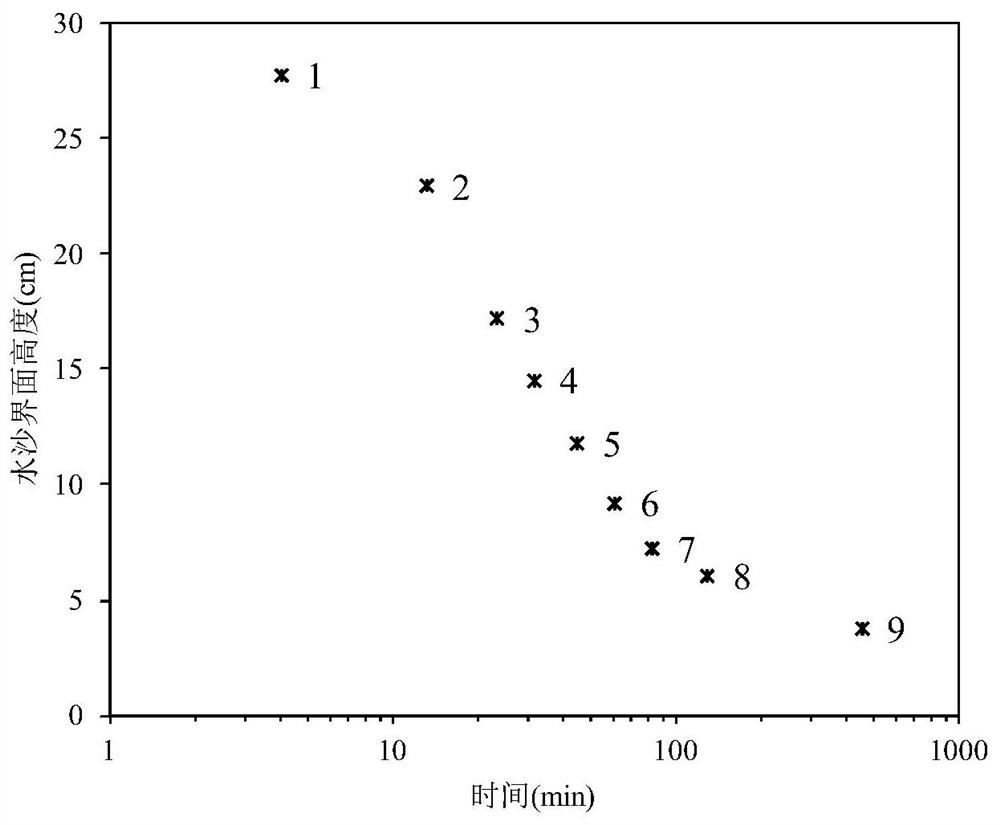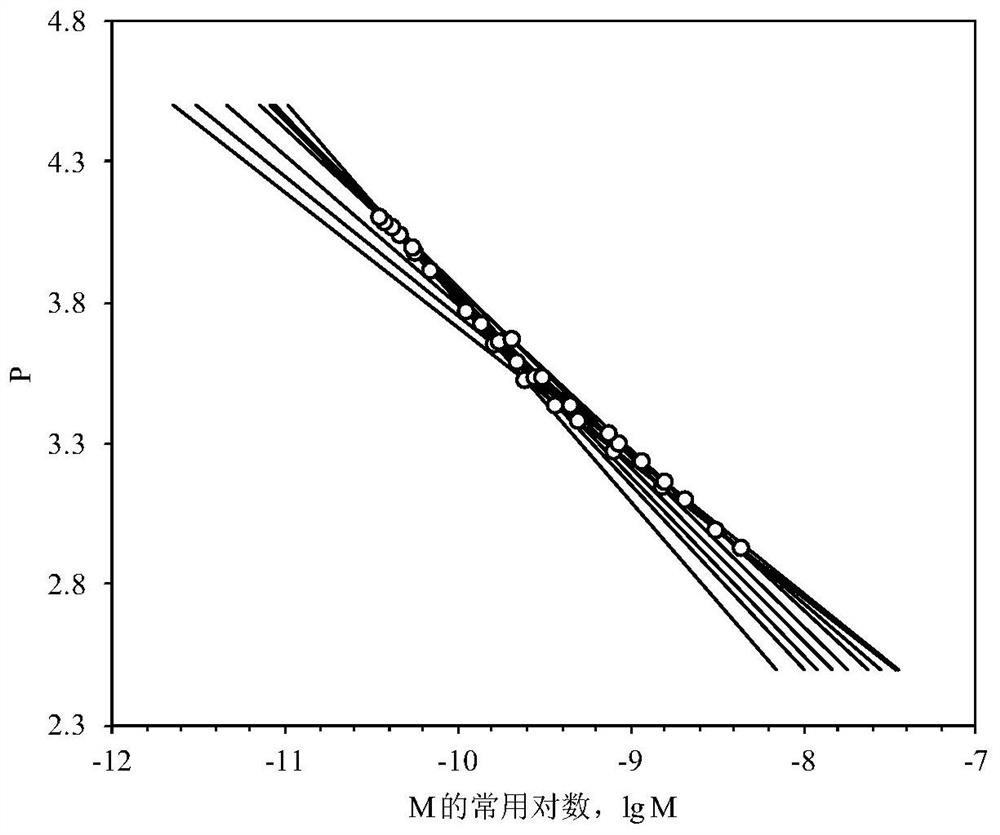A method for determining the permeability of loose granular materials based on numerical results mining
A kind of granular material and loose technology, which is applied in mining and offshore engineering, can solve problems that affect the reliability of large deformation consolidation theory, unreasonable engineering design, and difficulty in permeability coefficient, so as to facilitate program processing, understanding and calculation, The effect of ease of experimental design
- Summary
- Abstract
- Description
- Claims
- Application Information
AI Technical Summary
Problems solved by technology
Method used
Image
Examples
Embodiment Construction
[0023] Step 1. Acquire settlement test data from one-dimensional deposition-consolidation (or similar type) tests, H i t after the start of the experiment i Time (i=1,2,...,n) the distance from the highest point of the sediment particle to the bottom of the specimen, that is, the height of the water-sand interface, and then H i and t i drawn on H i -lg t i Coordinate System.
[0024] Step 2. Select the constant P 1 and P 2 Large strain settlement and consolidation coupling (large strainsedimentation-consolidation, LSSC) analysis is carried out to obtain the settlement curve, that is, the relationship curve between settlement and lg(time), referred to as the predicted settlement curve (predicted settlement curve, PSC). The predicted sedimentation curve (PSC) has the following properties in the time logarithmic coordinate (lg t): the shape of the PSC is determined by the value of the constant P, when the constant M changes, the PSC shifts, figure 1 A schematic illustratio...
PUM
| Property | Measurement | Unit |
|---|---|---|
| osmotic coefficient | aaaaa | aaaaa |
Abstract
Description
Claims
Application Information
 Login to View More
Login to View More - R&D
- Intellectual Property
- Life Sciences
- Materials
- Tech Scout
- Unparalleled Data Quality
- Higher Quality Content
- 60% Fewer Hallucinations
Browse by: Latest US Patents, China's latest patents, Technical Efficacy Thesaurus, Application Domain, Technology Topic, Popular Technical Reports.
© 2025 PatSnap. All rights reserved.Legal|Privacy policy|Modern Slavery Act Transparency Statement|Sitemap|About US| Contact US: help@patsnap.com



